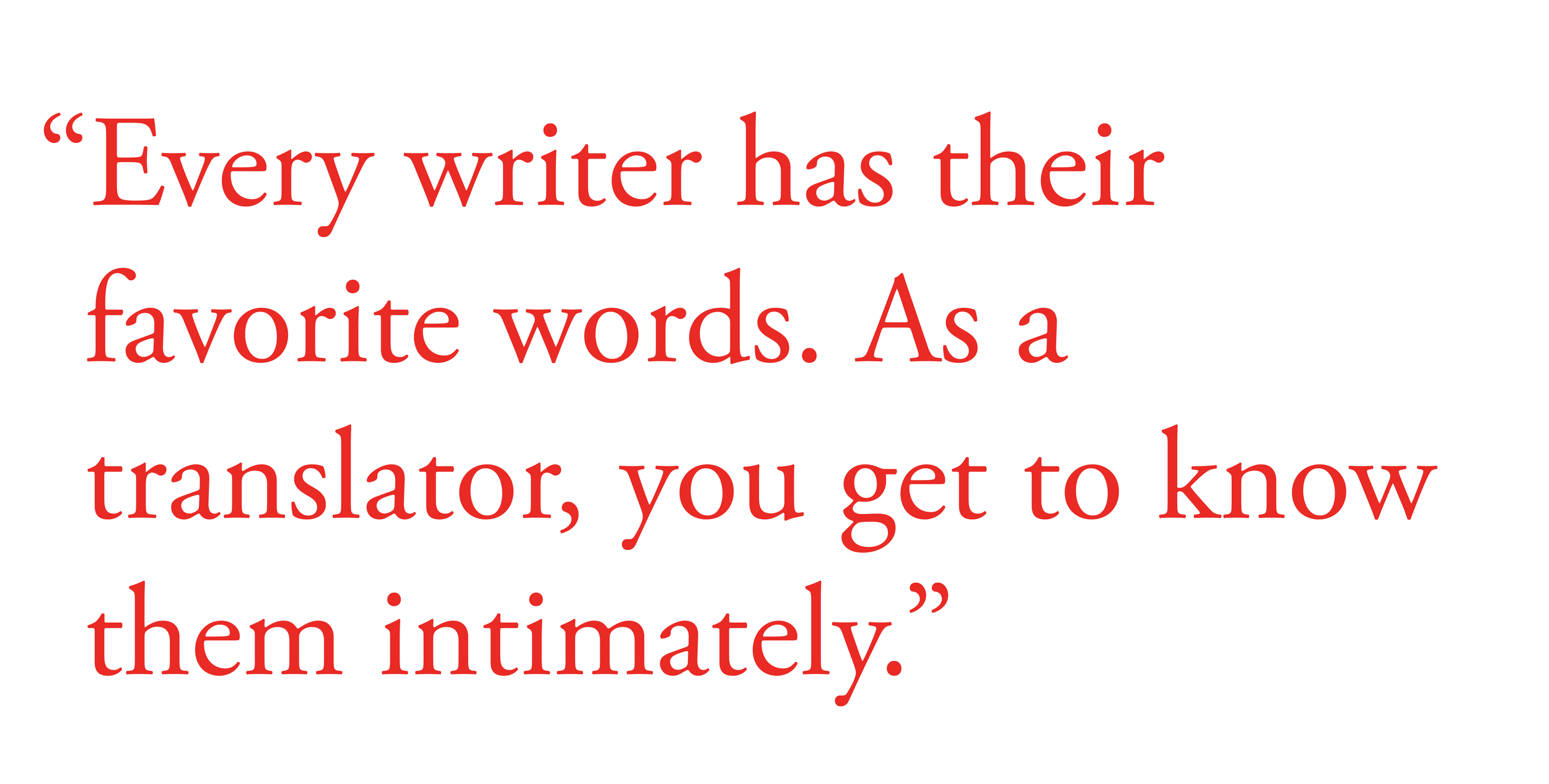May Newsletter
Dola de Jong in Harper's, The New York Times
Dola de Jong's midcentury queer classic, The Tree and the Vine—newly translated from the Dutch by Kristen Gehrman—is getting some much-deserved attention, with reviews in the June issue of Harper's by Julian Lucas and the May 31 New York Times Book Review by Lidija Haas:
It doesn’t surprise me that the novel, though by no means sexually explicit, was initially considered too shocking to publish. (Only V. S. Naipaul, of all people, seems to have recognized it as the “delicately rendered” portrait it is.) Whereas Patricia Highsmith’s “The Price of Salt,” appearing under a pseudonym in 1952, notoriously provided a lesbian romance with a happy, or at least hopeful, ending, “The Tree and the Vine” accomplishes something bolder: It normalizes its characters’ unhappinesses, showing them to be just as complicated as anyone else’s.
Get 20% off when you order a copy today with the discount code DOLA. Or you can join the Transit Book Club and receive The Tree and the Vine along with our next four books for $60.
On Translating The Tree and the Vine
In a recent piece for Lit Hub, Kristen Gehrman discusses the joys and challenges of translating The Tree and the Vine, as well as its complicated journey to publication in 1954:
Every writer has their favorite words. As a translator, you get to know them intimately. I experienced this while translating Dola de Jong’s The Tree and the Vine, a controversial post-war novel from the Netherlands that explores a tumultuous relationship between two very different women—the untamable Erica and the cautious Bea—who, in the shadow of the Nazi Occupation of Amsterdam, are confronted with a forbidden desire for one another.
One of de Jong’s favorite words, a word that appears over and over again in the book, is koortsachtig—feverish, frenetic. We feel this feverishness in Erica’s caprices, her impulsivity, her tendency toward self-destruction. We see it in Bea’s unwavering—and at times unfathomable—tolerance of Erica’s behavior, her irrepressible urge to keep Erica close, and her inner battle against her own desires.Shortly after I started working on this new translation of de Jong’s classic work, I gave the recently republished Dutch version to my father-in-law to read. The next day he emailed me: “I read it in one breath.” In an effort to preserve the pace and vivacity of the original, I wanted to make sure that this breathlessness, this feverishness, entered my translation as well.
You can read the piece in full at Lit Hub.
Grove in Financial Times
We're excited to be publishing the newest book by Esther Kinsky in July—Grove: A Field Novel (tr. Caroline Schmidt)—and it's already receiving early praise. Writing for the Financial Times, Lucy Scholes calls it "a story of an existence stilled by loss, but the promise of life, and with it renewal and hope, pulses gently but steadily at its heart."
The novel follows an unnamed narrator, recently bereaved, who travels to Olevano, a small village southeast of Rome. It is winter, and from her temporary residence on a hill between village and cemetery, she embarks on walks and outings, exploring the banal and the sublime with equal dedication and intensity. She recalls her travels in 1970s Italy, which she often visited as a child with her father. Fragmented impressions and memories—of Communist party rallies, roadside restaurants, film sequences, bird life, and the ubiquitous Etruscan necropoli—combine into a mosaic of a bygone era. Seeing, describing, naming the world around her is her way of redefining her place within it. Written in a rich and poetic style, Grove is an exquisite novel of grief, love, and landscapes.
"A philosophical jewel seeking revelation in interstices, absences, ruptures, and the passages between existence and memory."—Kirkus Reviews, Starred Review
Jon Fosse Event Replay
Jon Fosse spoke with his translator Damion Searls and critic Dustin Illingworth earlier this month in an event hosted by Community Bookstore. In case you missed it, a recording is now available on Crowdcast.
Spencer Ruchti's review of The Other Name (tr. Damion Searls), the first book in Fosse's three-volume Septology, which appears in Music and Literature, is a great place to get to know the Norwegian writer's work:
In the four decades following the publication of his first book, Raudt, svart, Jon Fosse has written repeatedly on suicide, melancholy, excruciating loss, the role or absence of God, and the border between this life and whatever follows. To read his enormous body of work in panorama is to see the frequent exchanges between the living and the dead, but also beautiful white visions as the curtain draws shut.
News, Reviews & More
1. Publishers Weekly reviews Lecture by Mary Cappello, the first book in our Undelivered Lectures series: "After reading this eloquent book, anyone will agree that...the lecture is not archaic, but rather waiting for a vital new mode" (September). 2. Kirkus Reviews calls Namwali Serpell's Stranger Faces an "engrossing meditation that challenges what we see in portraits—and in our mirrors" (September). 3. Publishers Weekly reviews Ryad Girod's debut, Mansour's Eyes (tr. Chris Clarke): "Capitalism and religious fundamentalism collide in Girod’s shimmering account of one man’s heresy and imminent execution" (July).





